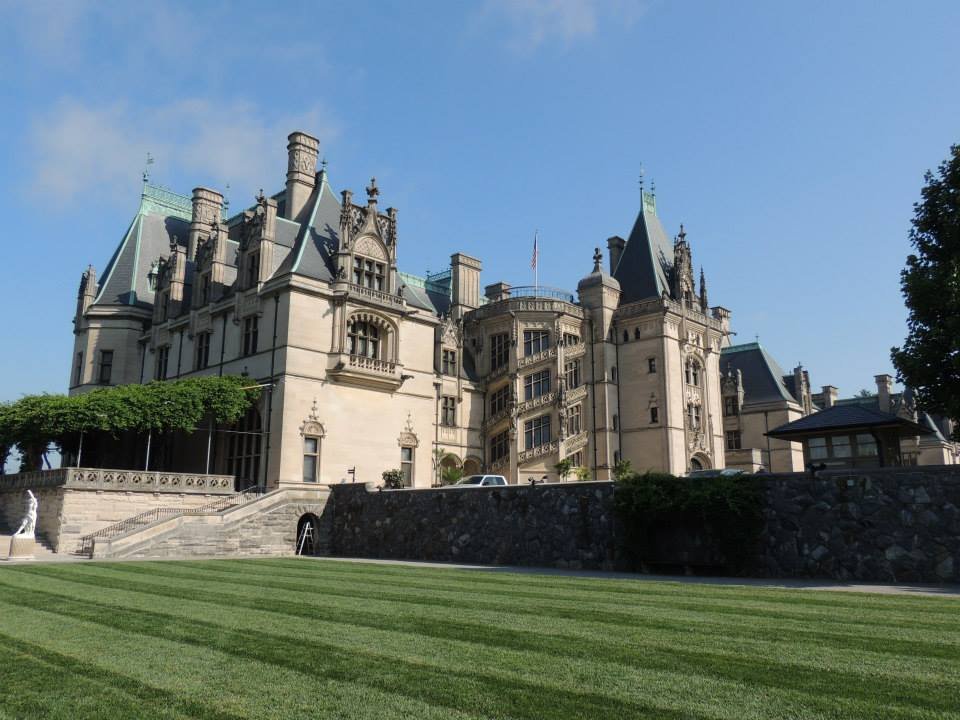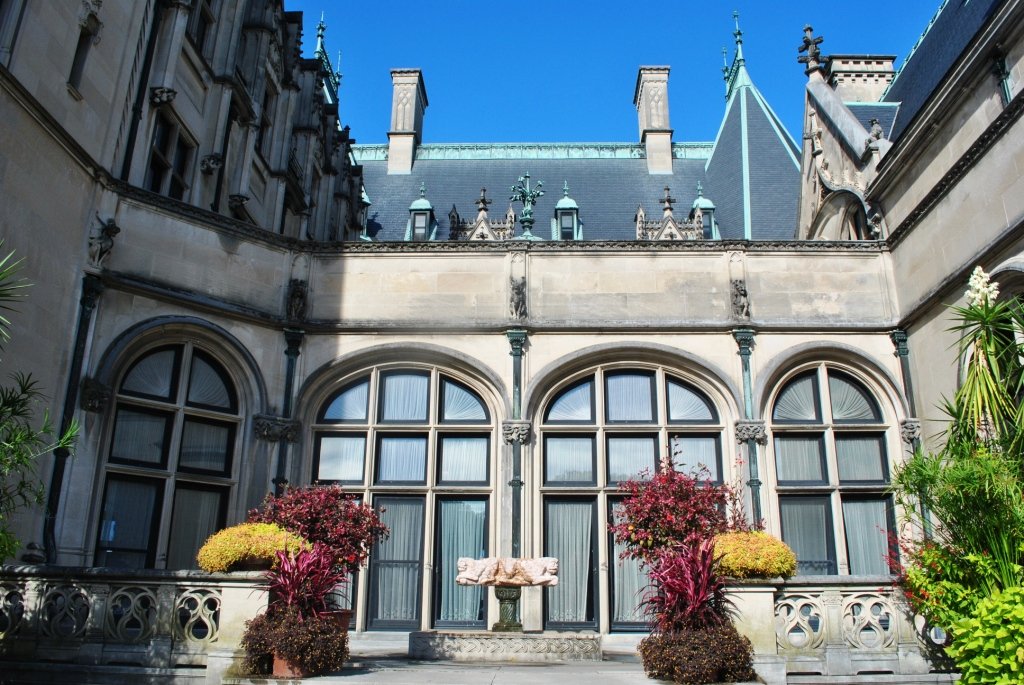The hot house at Biltmore Estate, also known as the greenhouse, is a stunning architectural and horticultural masterpiece. Designed by Frederick Law Olmsted as part of the estate’s comprehensive landscape plan, this structure plays a crucial role in maintaining the beauty of Biltmore’s gardens year-round. Built with traditional masonry and pebble dash stucco, the greenhouse reflects the grandeur of the main estate while serving as a vital hub for plant cultivation and preservation.
What Are the Design Specifications of the Biltmore Estate Hot House?

The hot house at Biltmore Estate boasts impressive architectural features that blend seamlessly with the overall estate design:
- Architectural Style: Inspired by English and northern French designs
- Construction Materials: Masonry and pebble dash stucco
- Design Elements: Part of a larger complex including:
- Italian formal garden
- Walled garden
- Fountains
- European statuary
While specific dimensions are not publicly available, the hot house is known for its grand scale and intricate detailing, befitting the Biltmore Estate’s reputation for luxury and sophistication.
When Was the Biltmore Estate Hot House Constructed?

The construction timeline of the Biltmore Estate hot house aligns with the overall development of the estate:
- Construction Start: 1889
- Main House Completion: 1895
- Estimated Hot House Completion: Around 1895-1896
The hot house was an integral part of Frederick Law Olmsted’s comprehensive landscape plan, designed to complement the grandeur of the main house and create a picturesque garden setting.
Who Were the Key Figures Involved in the Hot House Creation?
The development of the Biltmore Estate hot house involved collaboration among several notable figures:
- George Vanderbilt: Estate owner and visionary
- Frederick Law Olmsted: Landscape architect responsible for the overall design
- Richard Morris Hunt: Architect of the main house, likely involved in coordinating the hot house design
These individuals brought their expertise together to create a cohesive and grand estate, with the hot house serving as a crucial element in maintaining the beauty of the gardens throughout the year.
What Types of Plants Are Housed in the Biltmore Estate Hot House?
While specific plant inventories are not publicly available, the Biltmore Estate hot house is known to house a diverse collection of flora:
- Tropical species
- Temperate plants
- Native and imported varieties
The hot house serves multiple purposes in plant cultivation:
- Supporting formal gardens
- Preserving exotic species
- Propagating plants for estate landscaping
How Does the Hot House Contribute to Biltmore’s Landscaping?
The hot house plays a vital role in maintaining Biltmore’s renowned landscaping:
- Year-round Plant Production: Ensures a constant supply of plants for gardens and indoor displays
- Exotic Species Preservation: Provides controlled environment for non-native plants
- Seasonal Preparation: Allows for pre-growing of plants for seasonal garden changes
What Are the Unique Features of the Biltmore Estate Hot House?
The Biltmore Estate hot house stands out with several unique features:
- Architectural Integration: Seamlessly blends with the estate’s overall design
- Climate Control: Advanced systems for maintaining optimal growing conditions
- Historical Significance: Represents late 19th-century horticultural practices
- Educational Value: Offers insights into plant cultivation and conservation
How Can Visitors Experience the Biltmore Estate Hot House?
Visitors to Biltmore Estate can experience the hot house through various tour options:
- Self-Guided Tours: Explore at your own pace
- Guided Garden Tours: Expert-led tours focusing on horticulture
- Seasonal Displays: Special exhibitions showcasing the hot house’s diverse plant collection
For specific tour information, including schedules, pricing, and accessibility options, it’s best to consult the Biltmore Estate’s official website or contact their visitor services directly.
What Role Does the Hot House Play in Biltmore’s Sustainability Efforts?
The Biltmore Estate hot house contributes significantly to the estate’s sustainability initiatives:
- Water Conservation: Utilizes efficient irrigation systems
- Energy Efficiency: Employs modern climate control technologies
- Plant Preservation: Aids in conserving rare and endangered species
- Educational Programs: Offers workshops on sustainable gardening practices
How Has the Hot House Evolved Since Its Construction?
Since its construction in the late 19th century, the Biltmore Estate hot house has undergone several changes:
- Technological Upgrades: Implementation of modern climate control systems
- Conservation Focus: Increased emphasis on preserving rare plant species
- Visitor Experience: Enhanced tours and educational programs
- Sustainability Measures: Adoption of eco-friendly practices in plant cultivation
Despite these changes, the hot house maintains its historical integrity and continues to serve its original purpose of supporting Biltmore’s magnificent gardens.
References:
1. https://biltmoreestatebyzli.weebly.com/construction.html
2. https://sah-archipedia.org/buildings/NC-01-021-0016
3. https://www.biltmore.com/blog/the-construction-of-biltmore-house/
